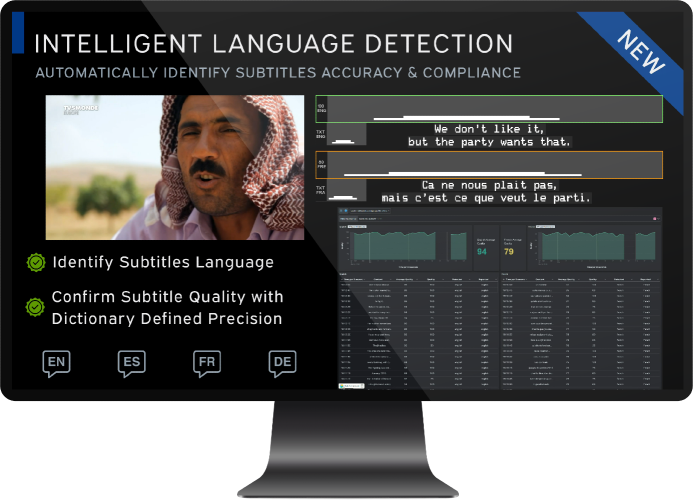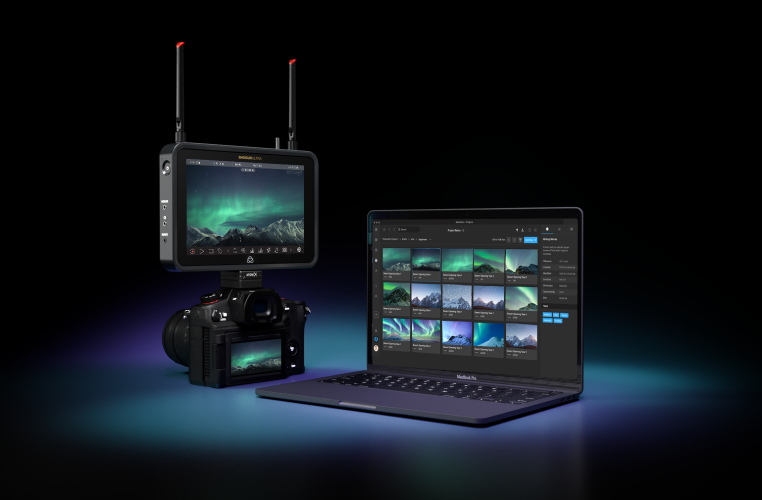The National Association of Broadcasters (NAB) Show 2019 has come and gone with the usual onslaught of product announcements, launch parties, demonstrations and the usual high-density crowds preventing any high-speed movement between halls. The IP showcase, this year, featured a JT-NM tested program. If you're unfamiliar with the JT-NM, then it's worth checking out their website jt-nm.org where you can find out about the work being done to coordinate the different aspects of building an inter-working ST 2110 eco-system. The JT-NM tested program catalogue can be downloaded from the website and it highlights a series of tests that were performed prior to NAB on various products to see how they performed against the written standards upon which the ST 2110 eco system is based.
It's worth nothing a couple of important points. Not all the standards and specifications originate in SMPTE. There are IEEE and other networking standards that are essential for Professional Media Networks (PMN) to work. Not all SMPTE ST 2110 equipment vendors were available to schedule the tests into their pre-NAB timetables. Having said that, the JT-NM tested program reflects a desire to meet the end-user request for some kind of framework in which known equipment will plug-in, switch-on and work. The EBU (European Broadcasting Union) have been particularly active in creating real-world use-cases that in collaboration with SMPTE and the AMWA (Advanced Media Workflow Association) and the VSF (Video Services Forum) have been converted into the specific, interoperable test criteria found in the tested program.
Within SMPTE, there is a new project to create a PICS (Protocol Implementation Conformance Statement) template that would allow equipment vendors to highlight the underlying standards to which they conform. It's early days and SMPTE will not be doing compliance work within the standards community, but the experts will be formulating a way in which a compliance statement could be written to aid the roll-out of ST 2110 products and services.
I had the honour of sitting on a panel hosted by the NAB while at the show where we discussed PMN issues. Testing was the number one topic of discussion and we were thrilled to have a member of the Consumer Technology Association WAVE project who was highlighting the testing issues faced by the Consumer Video over IP devices. These devices integration streaming consumer video, smart applications and web browsers. On a desktop, these are all fully features, but in a smart TV, they are all different. It's a sign of the great collaboration in the industry today when the WAVE project puts all of its testing resources online ( https://github.com/cta-wave ) for the consumer and professional ends of the industry to share, augment and improve the consumer experience. I hope that SMPTE is able to respond in kind once the ST 2110 ecosystem is fully mature.
The one area where we currently don’t have formal tests is security. I am constantly amazed at the number of equipment vendors in the industry who don’t lock down the ports on their kit, who have email servers installed on their kit that try and call home and even some who don’t support https on their APIs. Obviously, I can’t name names, but seriously, it’s 2019 and not 1991. Basic device security is well documented and the industry should be adopting best practises whilst simultaneously looking at media specific issues that need addressing.
Some of this work is happening in SMPTE and AMWA with requirements being generated at the EBU. If anyone reading this shares my passion for getting interoperable security right, then I urge you to get in touch via the magazine. I reckon we should be seeing security testing as a hot topic at the next NAB. I hope someone reading this editorial will help prove me right!







































